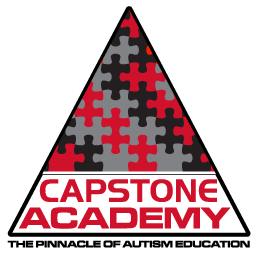ApplIed Behavior Analysis

Applied Behavior Analysis (ABA) is the application of behavioral principles to everyday situations to increase or decrease target behaviors. ABA is documented in over 500 studies and multiple task force efforts to as the most effective and empirically-based treatment for autism. The U.S. Surgeon General has endorsed ABA as the treatment of choice for individuals with autism, reporting to the National Institute of Mental Health. His report states "Thirty years of research demonstrate the efficacy of applied behavioral methods in reducing inappropriate behavior and in increasing communication, learning, and appropriate social behavior.” Other organizations that endorse ABA for the treatment of autism include: American Academy of Neurology, American Academy of Pediatrics, American Speech-Language Hearing Association, and National Institute of Child Health and Human Development, among many other prominent organizations.
ABA programming aims to produce socially significant changes based on principles of reinforcement and task analyses, among other principles of learning theory. It is a scientific approach, utilizing careful and detailed definitions of target behaviors (both skill acquisition and behavior reduction), procedures to be implemented, and measurement of the behaviors. Maladaptive behaviors should be reduced to a level of social significance, which allows the individuals to better participate in and access the community. Skills targeted should be generalizable across settings, materials, and people. In addition, the behaviors should last over time and endure changes to the procedures.
A study conducted by Ivar Lovaas in 1987 showed that with intensive behavioral treatment (i.e., 40 hours per week of one-to-one ABA therapy) prior to 46 months of age, 47% of children achieved normal intellectual and educational functioning by conclusion of treatment.(1) There have been several replications done since the original 1987 study, achieving similar results. Even those who do not achieve full results with being mainstreamed into regular education, become more independent in their school, home, and community settings.
1. Lovaas, O.I. (1987). Behavioral Treatment and Normal Educational and Intellectual Functioning in Young Autistic Children. Journal of Consulting and Clinical Psychology, 55 (1), 3-9.